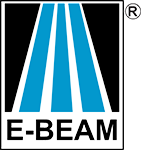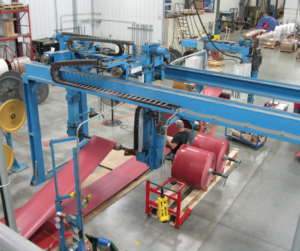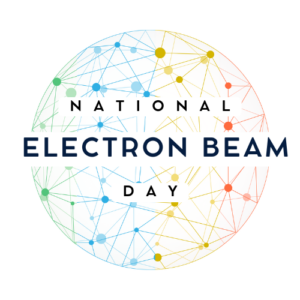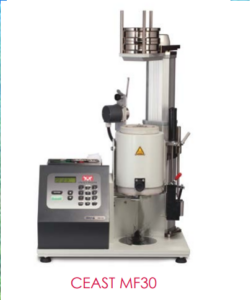We’re celebrating this Throwback Thursday with some old school E-BEAM marketing! The graphics may be dated, but the facts presented are tried and true and still help many customers make great products to this day.
Today, we’re taking a look back at a piece (Crosslinked Thin-Wall Wire and Cable) that promises to demonstrate that “cross-linked thin-wall wire and cable products exhibit outstanding strength and environmental-resistant characteristics.”
Here at E-BEAM, we frequently use our high-energy electrons to crosslink jacketed wire and cable products. Why? Electrons crosslink the polymer molecules into a permanently altered 3D configuration that improves performance characteristics without changing the existing dimensional properties. Crosslinking of the polymer jacket can enhance structural performance, such as improved temperature, chemical, stress, and abrasion resistance. These cables then can be used in the automotive, aerospace, and communications industries, to name a few.
E-beam crosslinking, unlike chemical crosslinking, does not limit jacketing materials, minimum wall thicknesses, or line speeds, and does not require the use of special equipment for hazardous chemicals or SDS documentation. Additionally, e-beam treated wire and cable products do not contain peroxide byproducts or unreacted residuals.
So what polymers are suitable for the jacketing crosslinking process? We have seen success with polymers like: PVC, ETFE, PVDF, polyolefin, EPDM, CPE, Hypalon, EVA, Neoprene rubber, and ethylene-propylene rubber.
Still have questions about your particular wire and cable product? Email us at ebeam@ebeamservice.com, or give us a call at 513-933-0031 for a free consultation with one of our Technical Services representatives!




